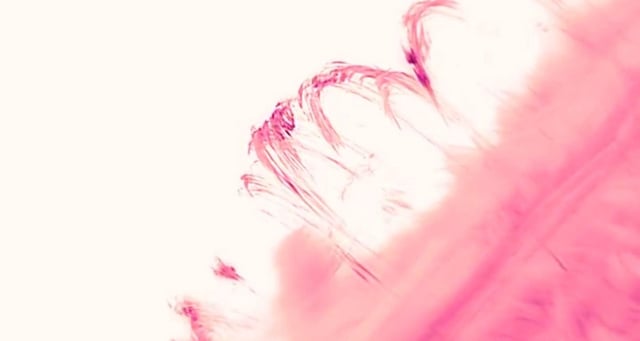Overview
- The Cona adaptive optics system at the Goode Solar Telescope enabled the 1.6-metre mirror to achieve its 63-kilometre resolution limit, producing the sharpest images of the corona yet.
- Colour-coded hydrogen-alpha images expose coronal rain filaments as narrow as 20 kilometres and a high-speed plasmoid jet moving at nearly 100 km/s.
- Published May 27 in Nature, the observations bypass Earth’s atmospheric turbulence to resolve structures under 40 miles across for the first time.
- Researchers say the detailed views of plasma loops, prominences and rain will help unveil the mechanisms driving solar storms and space weather.
- Teams from NJIT’s Centre for Solar-Terrestrial Research and the US National Solar Observatory plan to adapt the coronal adaptive optics for larger telescopes like the Daniel K. Inouye Solar Telescope.


